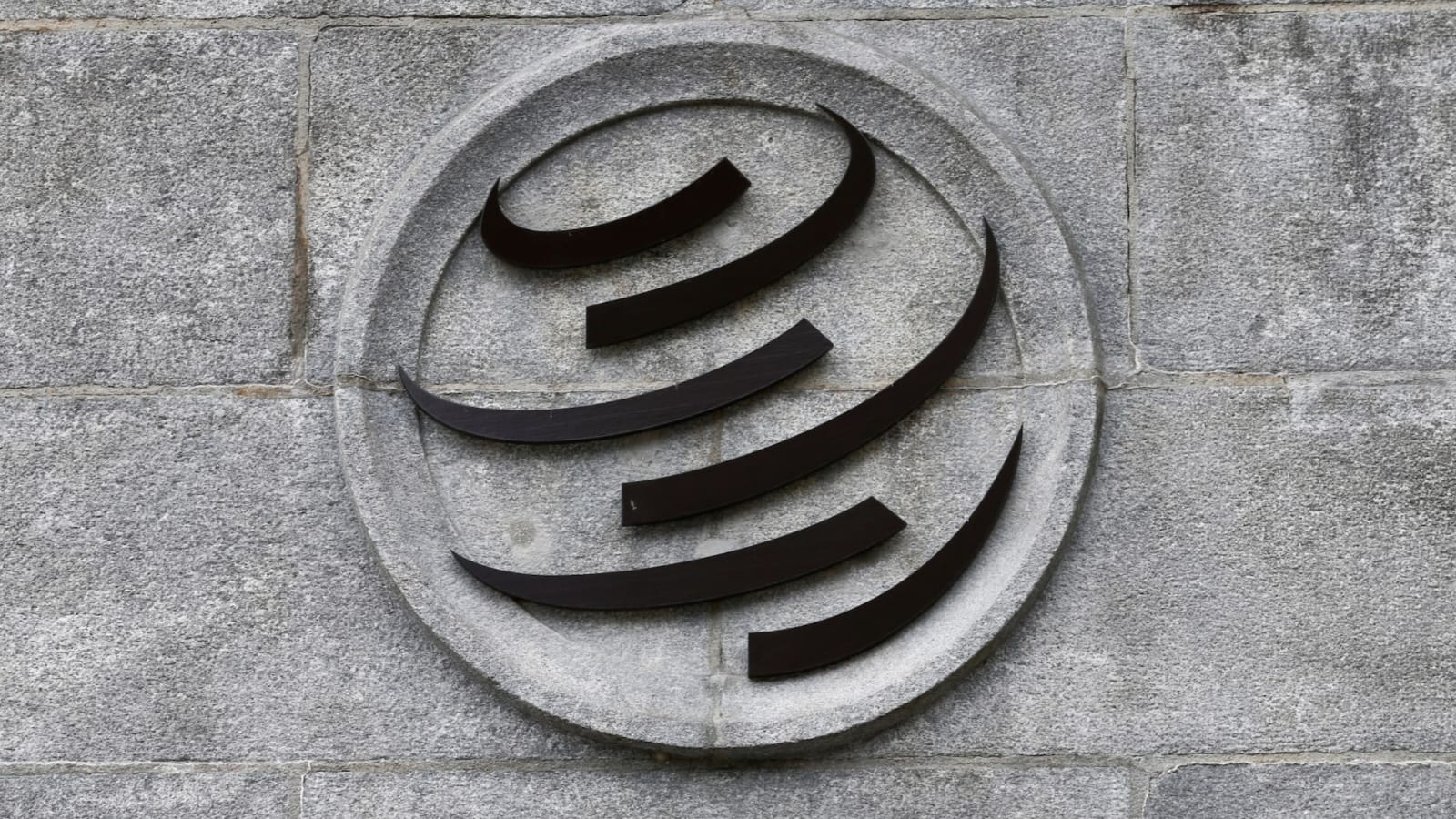India Pakistan War? Operational Freedom Granted to Indian Armed Forces

India’s national security dynamics have taken center stage once again, with the country reportedly considering military options in response to recent geopolitical tensions with Pakistan. The evolving situation follows a series of diplomatic decisions that have seen New Delhi taking firmer positions, which some observers interpret as laying the groundwork for more concrete actions.
In a recent interview with WION, Lt General (retired) DS Hooda, former General Officer Commanding-in-Chief of the Northern Command, stated that India is currently contemplating military action. His remarks were made in the context of high-level government meetings and increasing pressure on strategic decision-making circles to act in response to provocations.
India–Pakistan Tensions: Rising Diplomatic and Military Strain
India has implemented several diplomatic countermeasures in recent months. These include closing the Attari border with Pakistan, suspending the Indus Waters Treaty—an agreement seen as a rare instance of cooperation between the two neighbors—and downgrading diplomatic ties. These actions underscore India’s heightened security concerns and efforts to isolate Pakistan diplomatically on the international stage.
The closure of the Attari border not only restricts physical movement and trade but also symbolizes a sharp deterioration in bilateral relations. Similarly, suspending the Indus Waters Treaty represents a significant diplomatic statement, as the treaty had historically survived even during times of war between the two countries. By halting its cooperation under this agreement, India is sending a message of complete disapproval regarding Pakistan’s alleged involvement in recent security threats.
India Closes Attari Border and Suspends Indus Waters Treaty
Following these diplomatic maneuvers, attention has turned to military readiness and potential operational planning. On April 30, Prime Minister Narendra Modi held a crucial meeting with India’s service chiefs, which included the heads of the Army, Navy, and Air Force. Defence Minister Rajnath Singh and National Security Advisor Ajit Doval were also in attendance. This high-level engagement has sparked considerable speculation about potential next steps.
High-Level Defence Meeting Held to Assess National Security Plans
A crucial high-level meeting was recently convened to assess national security developments amid rising geopolitical tensions. The gathering included the country’s top military officials—chiefs of the Army, Navy, and Air Force—alongside key figures responsible for strategic oversight. The agenda focused on evaluating existing security frameworks and exploring potential operational strategies under current circumstances.
The session was attended by senior members of the government’s national security infrastructure, reflecting the seriousness of the situation. Though specific outcomes of the meeting were not disclosed, officials confirmed that multiple response options were reviewed, with attention to military readiness, threat assessments, and diplomatic implications. The discussions form part of a broader effort to align strategic planning with regional stability goals while maintaining operational flexibility.
India’s Military Preparedness and Strategic Operational Capabilities
General Hooda also emphasized the importance of allowing military professionals to shape any future response. “All options are on the table. We have a capable military, an air force well-equipped with new aircraft, and the navy holds a dominant position in the Indian Ocean depending on what we decide. Let’s leave it to the service chiefs—they are in the best position and know the situation on the ground,” he said.
This statement reflects a broader belief in India’s defense circles that the military’s strategic autonomy and operational awareness provide the most grounded basis for any response. The Indian military’s posture, especially following lessons from prior cross-border operations, suggests that any future decision would involve measured but impactful action.
Complete Operational Freedom Granted to Indian Armed Forces
Prime Minister Modi’s decision to give the armed forces “complete operational freedom” was one of the significant developments that came out of the Cabinet Committee on Security (CCS) meeting. This decision allows the military to evaluate scenarios and take necessary steps without needing repeated civilian approval, enhancing their ability to act swiftly and effectively.
This level of operational autonomy is typically reserved for scenarios in which the threat level is perceived to be high, and quick responses are required to ensure national security. The military leadership now has the mandate to determine how and when to act, depending on ground realities and the intelligence received.
India Restructures National Security Advisory Board for New Threats
Immediately following the CCS meeting, the National Security Advisory Board (NSAB) was restructured. The reorganization included appointing former Research and Analysis Wing (RAW) chief Alok Joshi as the new chairman. This development points to a shift in strategic advisory roles, bringing in individuals with deep expertise in intelligence, military operations, and international diplomacy.
Six other members were inducted into the NSAB, representing various defense and security sectors. These include former Western Air Commander Air Marshal PM Sinha, former Southern Army Commander Lt General AK Singh, and Rear Admiral Monty Khanna. Also inducted were Rajiv Ranjan Verma and Manmohan Singh, both retired Indian Police Service officers, and B Venkatesh Varma, a former Indian Foreign Service officer.
The composition of the new NSAB underscores the government’s emphasis on a multi-dimensional approach to national security—combining military, intelligence, and diplomatic expertise to formulate a robust policy response.
Strategic Ambiguity in India’s Military Response to Pakistan
While there is much speculation about whether India will launch a military operation, officials have refrained from making any definitive public declarations. Strategic ambiguity, as seen in past Indian military operations, often serves as a tactical tool. This uncertainty complicates adversary calculations and keeps all response options open.
Such ambiguity is also consistent with India’s long-standing policy of exercising strategic restraint while maintaining the right to respond with proportional force when required. This has been witnessed in prior incidents, such as the surgical strikes conducted in response to attacks across the Line of Control (LoC).
This time, however, the situation appears to be shaped by a broader framework—combining diplomatic, economic, and military pressure to compel behavioral change. Whether this pressure results in visible military action remains to be seen, but the signs of active preparation are clear.
Global Reactions to India’s Potential Military Action on Pakistan
Any significant escalation between India and Pakistan inevitably attracts global attention. Both nations are nuclear-armed and share a contentious history marked by wars, skirmishes, and ongoing border tensions. Consequently, the international community closely monitors developments for signs of increased volatility.
While India has historically framed its military responses as self-defense, global stakeholders often urge de-escalation and dialogue to prevent broader regional instability. In this context, India’s actions and statements will be closely scrutinized for both intent and proportionality.
International institutions and partners, including the United Nations, the United States, and regional forums, may soon engage diplomatically to ensure that the situation remains contained. At the same time, many countries are expected to support India’s right to protect its national security, provided actions align with international norms.
India’s Military Diplomacy: Balancing Deterrence and Regional Stability
Lt Gen Hooda’s comments and the government’s recent actions suggest that India is weighing its responses carefully. While military action is a possibility, it is likely to be precise, strategic, and proportional. The focus seems to be on achieving deterrence rather than engaging in prolonged conflict.
Indian leadership has often reiterated that peace is the preferred course, but not at the expense of security and sovereignty. The combination of military preparedness, diplomatic outreach, and strategic messaging may be aimed at reinforcing India’s stance without escalating into full-scale confrontation.
The coming days will be critical in shaping the next steps. Any decision to launch a military operation would be preceded by thorough assessment, internal debate, and readiness reviews. The Indian public, media, and strategic community will also play a role in shaping the discourse as developments unfold.
Balancing Diplomacy, Deterrence, and National Security
India’s current trajectory suggests a phase of strategic decision-making where all tools of statecraft—diplomatic, military, and intelligence—are being aligned. The decision to grant operational freedom to the armed forces, coupled with a revamped national security advisory mechanism, speaks to the seriousness with which the government is treating the situation.
While military action remains a possibility, it will likely be considered through the prism of national interest, risk containment, and international law. At present, India appears committed to safeguarding its sovereignty and signaling its red lines, without rushing into conflict.
As the world watches, India’s leadership will continue to weigh its choices with the goal of maintaining peace, ensuring national security, and preserving regional stability in a highly sensitive geopolitical environment.







